Humans of Harker: Winnie Li conquers life’s hurdles
“Even though the fall was terrifying, I have a deeper sense of my own strength than ever before. Though I may no longer be a hurdler in the literal sense, the principles of the hurdler continue to guide me. The best part is that I’m way less afraid of the obstacles that will inevitably rise before me, because breaking the biggest hardest bone in my body didn’t break me. I’m still a hurdler,” Winnie Li (12) said.
December 16, 2016
Drawing in a puff of air, Winnie Li (12) presses her fingertips to the rutty rubber track and sets her spike-adorned feet into the blocks. As the sound of a gunshot pierces her ears, Winnie charges towards the set of hurdles, the balls of her feet digging into the rubber surface. Propelling herself across the first hurdle, her first leg soars across the bar.
That race in her junior year track season is one that she can still remember in detail, and changed her life in more than a physical way.
“My lead leg sailed over, but my trail caught on the board and before I know it I was going down, face first into the track,” Winnie said. “I broke my femur back in March, and it was a really big deal because I couldn’t walk for about four months. I had to use a wheelchair, crutches, then a cane. It took me half a year before I was even allowed to run anymore.”
Following her injury, Winnie spent months recovering and eating healthy in order to build up her strength to walk again.
“It was a tough time during my recovery period, I couldn’t do anything by myself,” she said. “Often young people throw away their health by eating junk food or sleeping late. But while I was recovering, I wanted so badly to just walk—something that almost everyone can do, and something people often take for granted—I wanted to do that so bad, and I couldn’t.”
While Winnie was still training, she learned how to conquer hurdles with power.
“My coaches used to tell me to do things in threes: a jump to kickstart the muscles, another to get them running, building toward the third and most powerful, the burst that will propel me off the starting blocks at top speed,” Winnie said. “It’s that power that makes a hurdler at her fastest when she reaches the first hurdle. It also makes the first hurdle the most dangerous place to fall down.”
Despite not being able to continue as a hurdler, Winnie’s experiences allow her to approach life with the same confidence that she approached the 33-inch obstacles on the track.
“Even though the fall was terrifying, I have a deeper sense of my own strength than ever before. Though I may no longer be a hurdler in the literal sense, the principles of the hurdler continue to guide me,” she said. “The best part is that I’m way less afraid of the obstacles that will inevitably rise before me, because breaking the biggest hardest bone in my body didn’t break me. I’m still a hurdler.”































![Setter Emma Lee (9) sets the ball to the middle during the match against Pinewood on Sept. 12. “[I’m looking forward to] getting more skilled, learning more about my position and also becoming better friends with all of my teammates, Emma said.](https://harkeraquila.com/wp-content/uploads/2023/09/DSC_4917-2-1200x795.jpg)








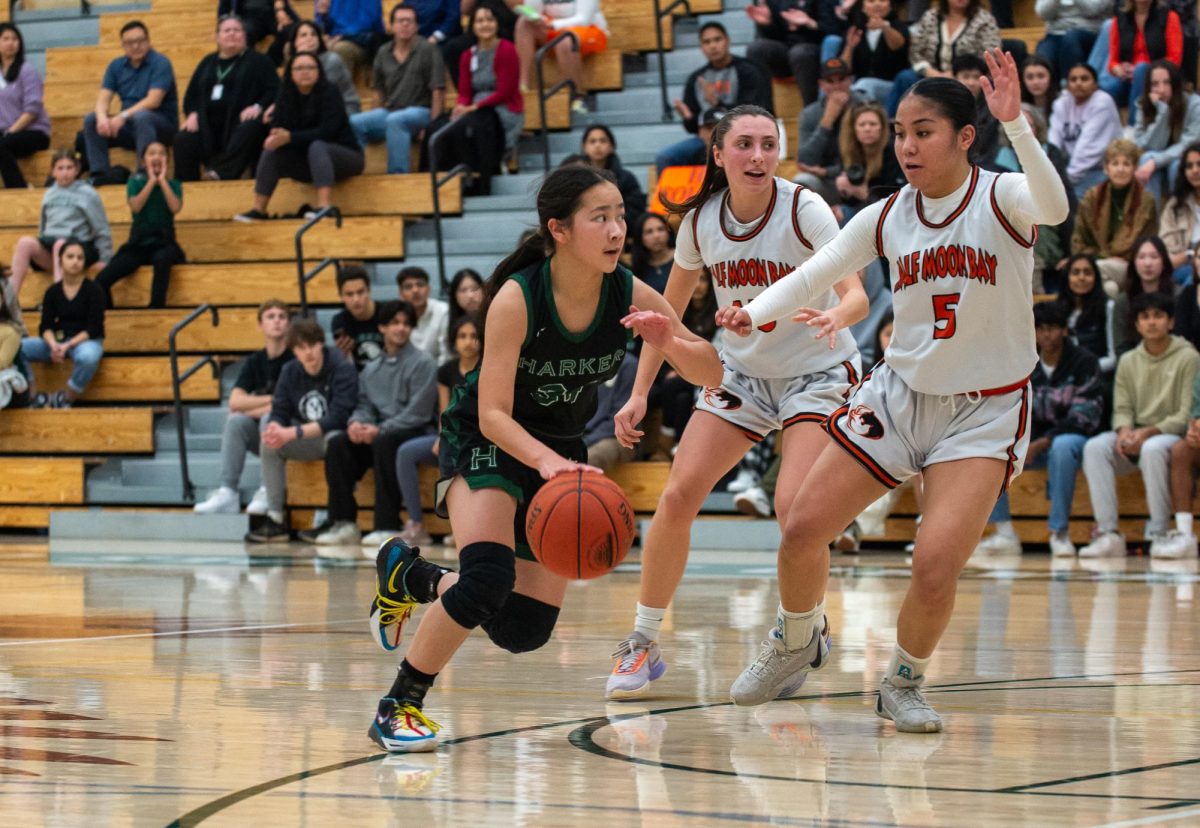























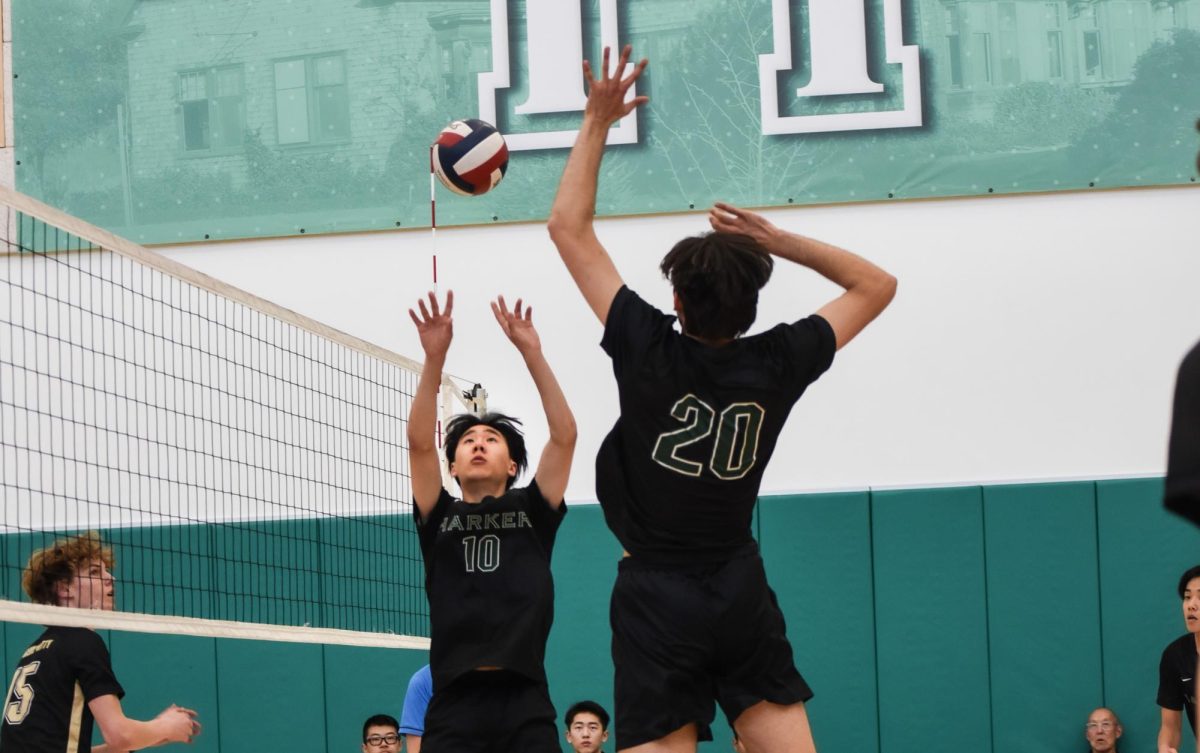
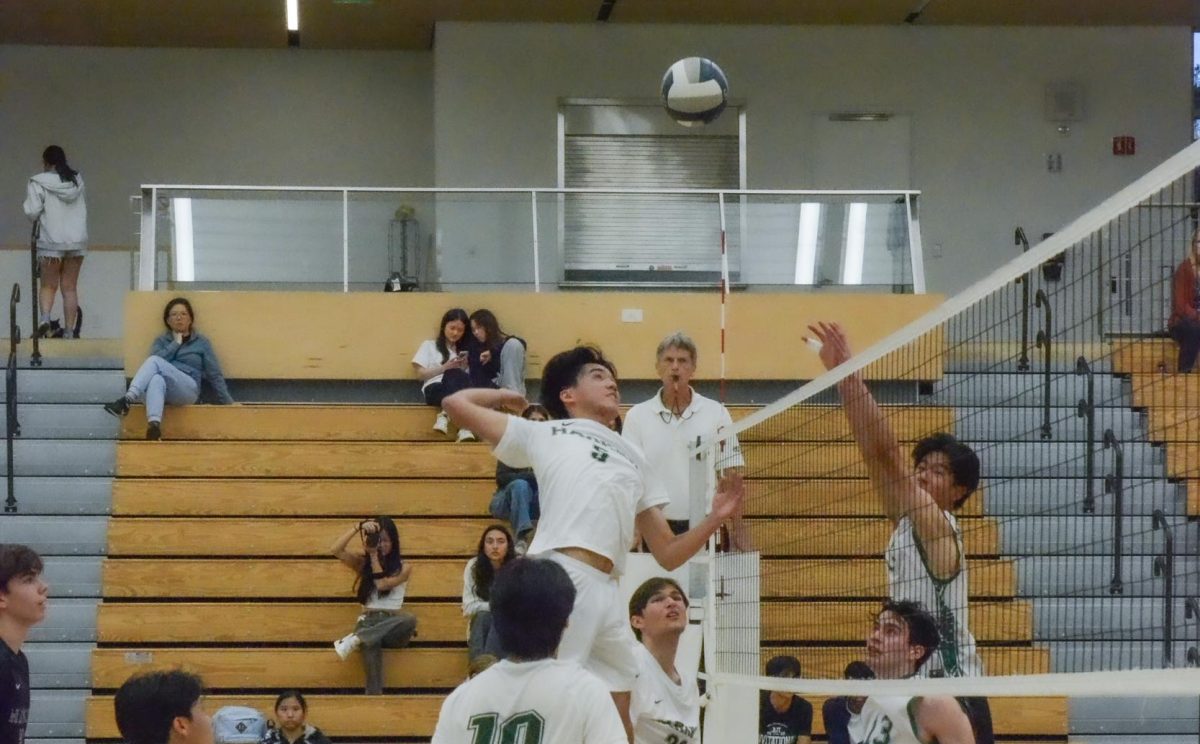

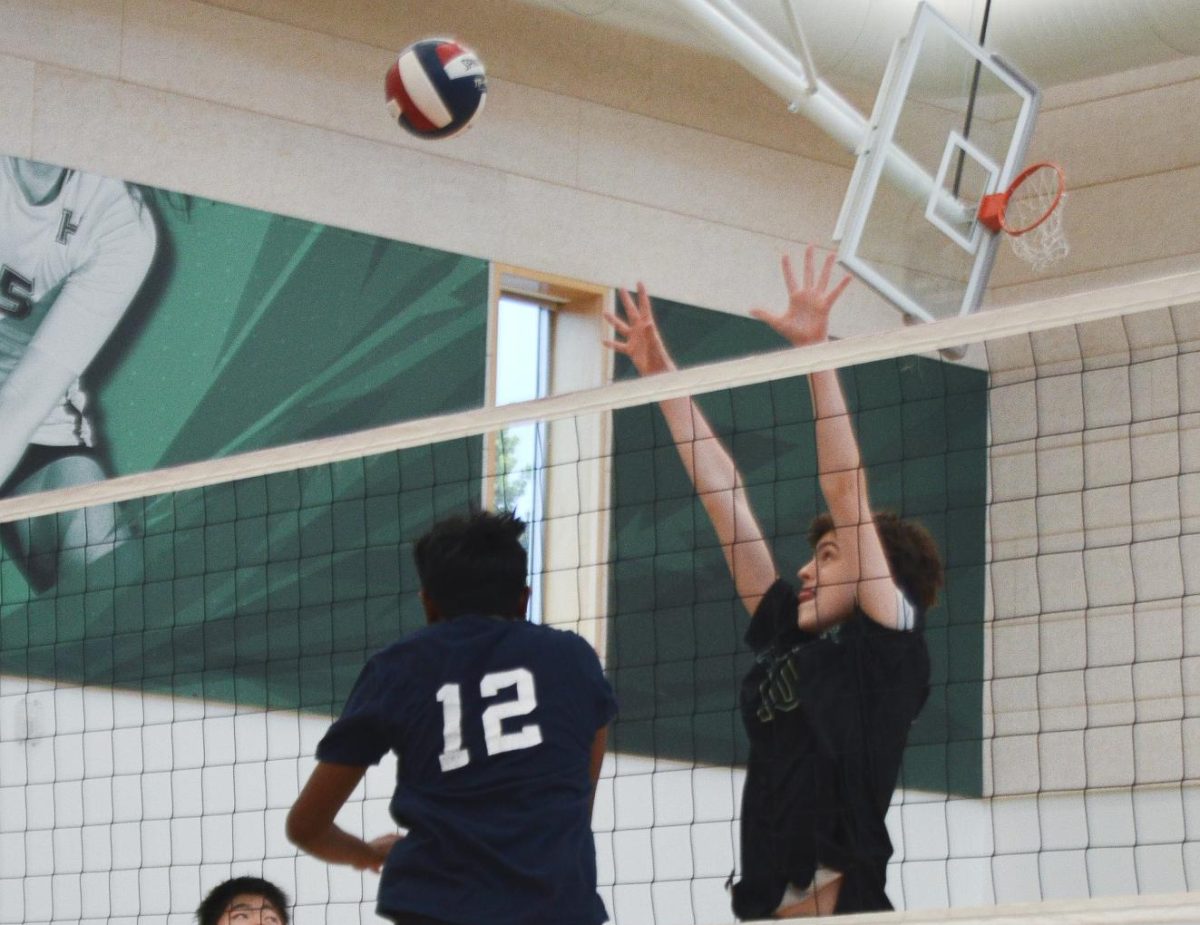
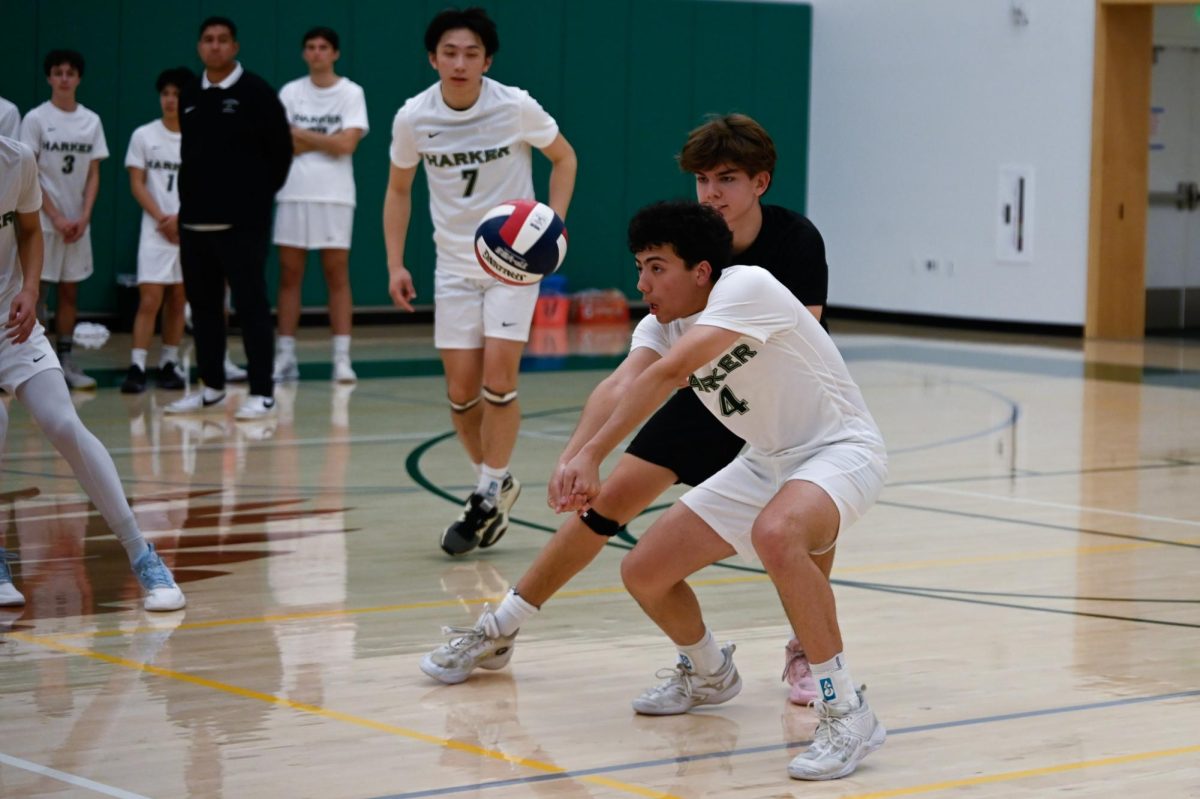




























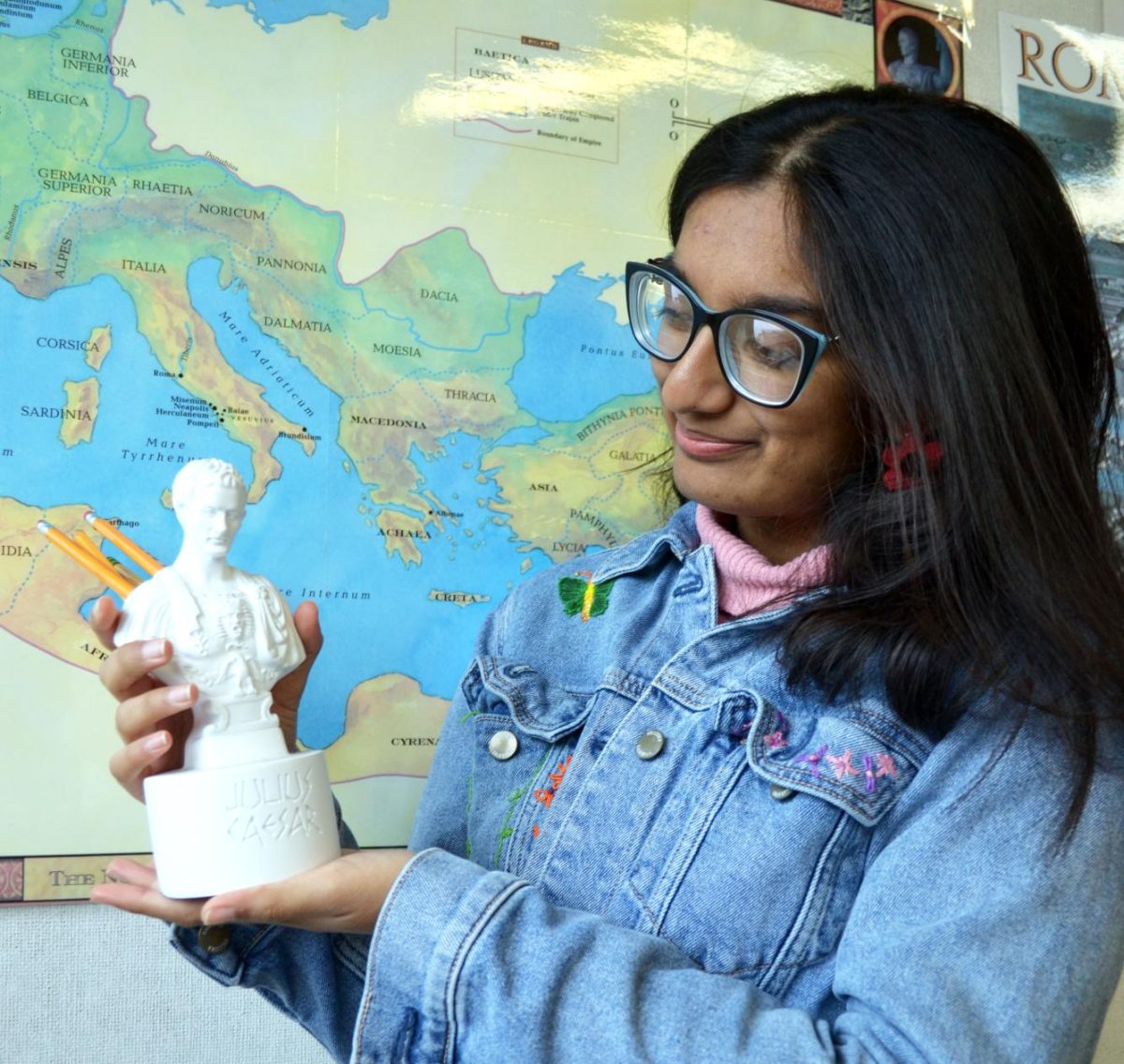
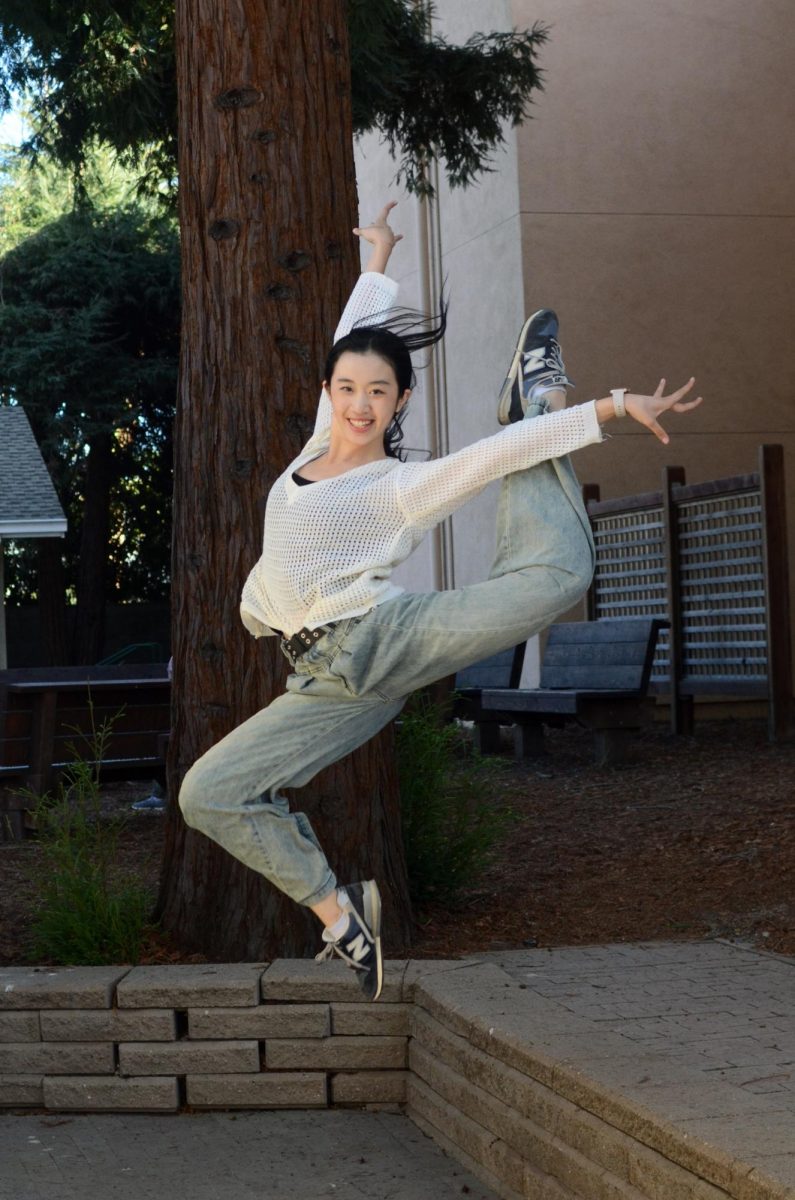
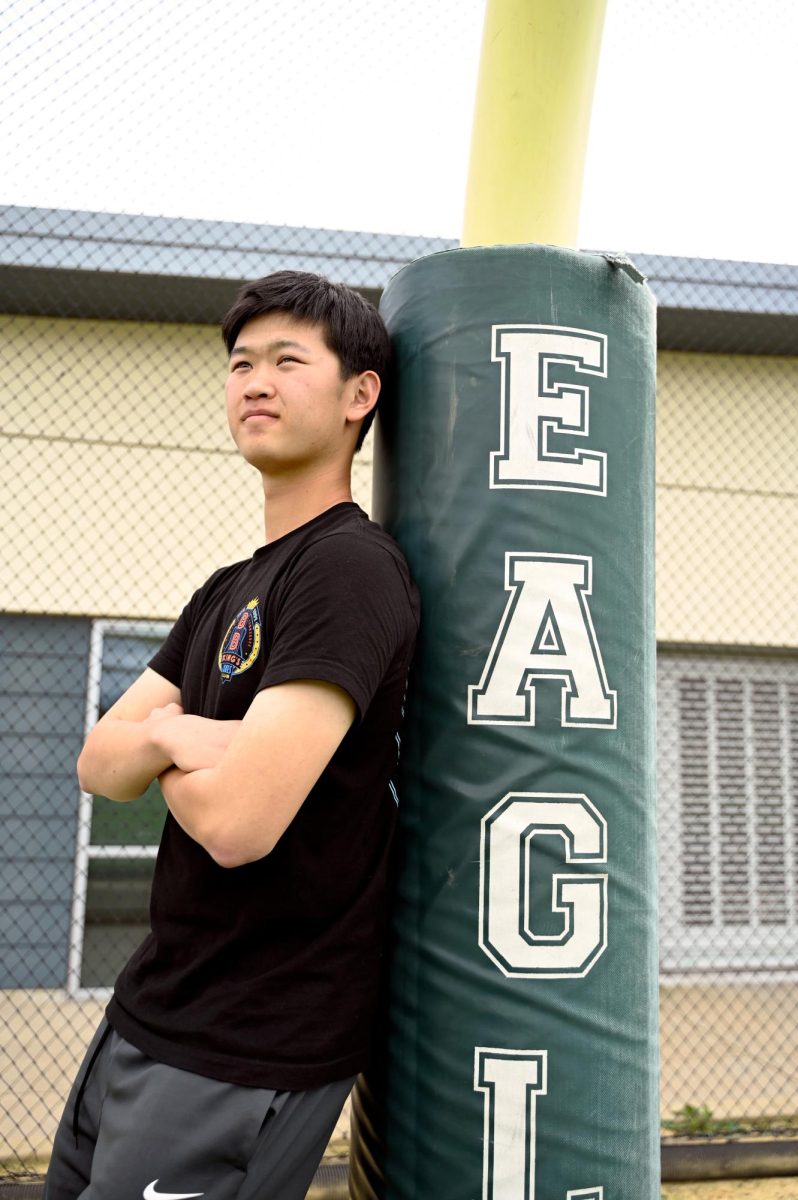

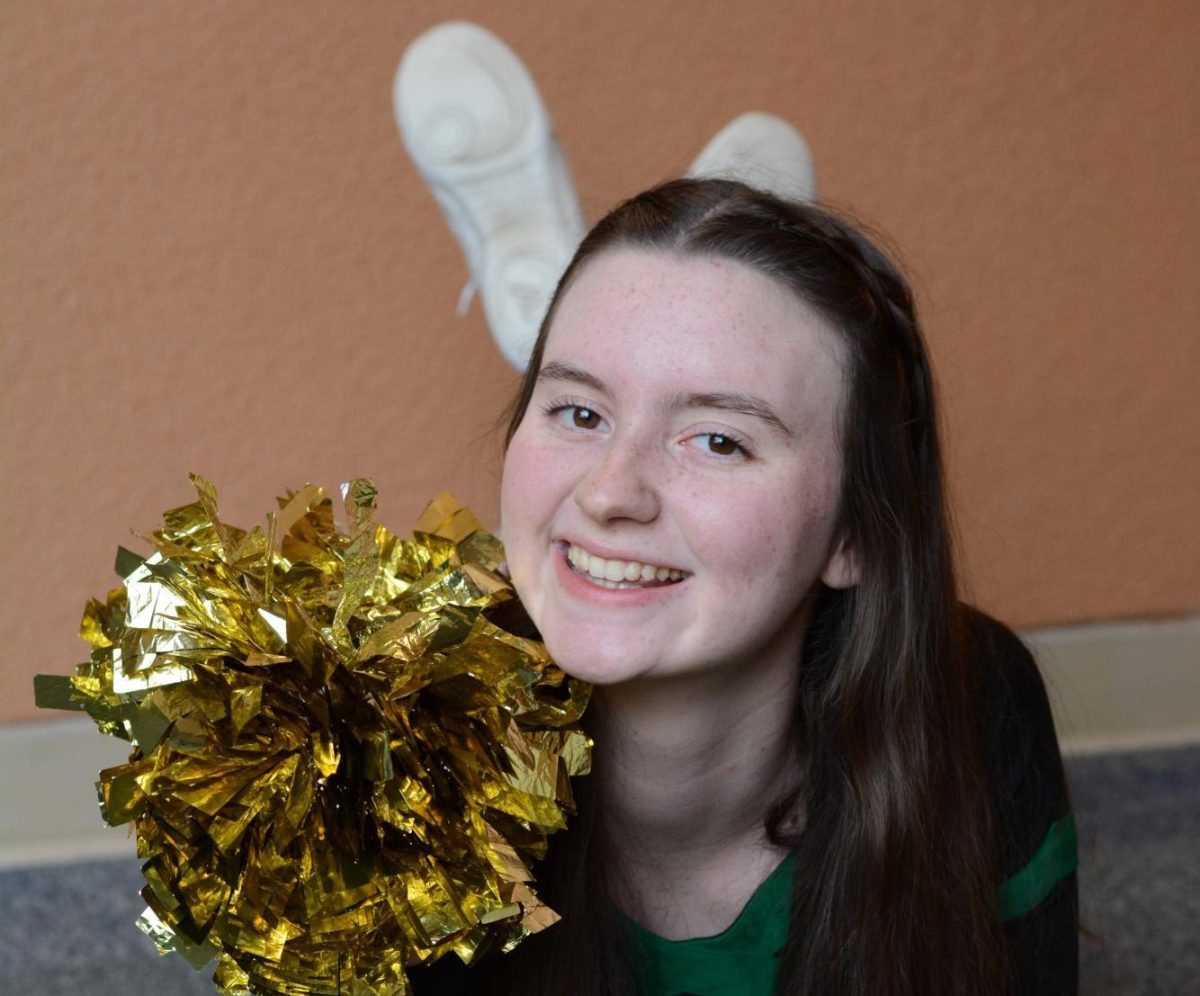








![“[Building nerf blasters] became this outlet of creativity for me that hasnt been matched by anything else. The process [of] making a build complete to your desire is such a painstakingly difficult process, but Ive had to learn from [the skills needed from] soldering to proper painting. Theres so many different options for everything, if you think about it, it exists. The best part is [that] if it doesnt exist, you can build it yourself, Ishaan Parate said.](https://harkeraquila.com/wp-content/uploads/2022/08/DSC_8149-900x604.jpg)


![“Animation just clicked in a way. I had been interested in art, but that felt different. [Animation] felt like it had something behind it, whereas previous things felt surface level. I wasnt making that crazy of things, but just the process of doing it was much more enjoyable, Carter Chadwick (22) said.](https://harkeraquila.com/wp-content/uploads/2022/08/Screen-Shot-2022-08-16-at-9.44.08-AM-900x598.png)


![“When I came into high school, I was ready to be a follower. But DECA was a game changer for me. It helped me overcome my fear of public speaking, and its played such a major role in who Ive become today. To be able to successfully lead a chapter of 150 students, an officer team and be one of the upperclassmen I once really admired is something Im [really] proud of,” Anvitha Tummala (21) said.](https://harkeraquila.com/wp-content/uploads/2021/07/Screen-Shot-2021-07-25-at-9.50.05-AM-900x594.png)



![“[Volleyball has] taught me how to fall correctly, and another thing it taught is that you don’t have to be the best at something to be good at it. If you just hit the ball in a smart way, then it still scores points and you’re good at it. You could be a background player and still make a much bigger impact on the team than you would think,” Anya Gert (’20) said.](https://harkeraquila.com/wp-content/uploads/2020/06/AnnaGert_JinTuan_HoHPhotoEdited-600x900.jpeg)

![“Im not nearly there yet, but [my confidence has] definitely been getting better since I was pretty shy and timid coming into Harker my freshman year. I know that theres a lot of people that are really confident in what they do, and I really admire them. Everyones so driven and that has really pushed me to kind of try to find my own place in high school and be more confident,” Alyssa Huang (’20) said.](https://harkeraquila.com/wp-content/uploads/2020/06/AlyssaHuang_EmilyChen_HoHPhoto-900x749.jpeg)













![“My slogan is ‘slow feet, don’t eat, and I’m hungry.’ You need to run fast to get where you are–you arent going to get those championships if you arent fast,” Angel Cervantes (12) said. “I want to do well in school on my tests and in track and win championships for my team. I live by that, [and] I can do that anywhere: in the classroom or on the field.”](https://harkeraquila.com/wp-content/uploads/2018/06/DSC5146-900x601.jpg)

![“I think getting up in the morning and having a sense of purpose [is exciting]. I think without a certain amount of drive, life is kind of obsolete and mundane, and I think having that every single day is what makes each day unique and kind of makes life exciting,” Neymika Jain (12) said.](https://harkeraquila.com/wp-content/uploads/2017/06/Screen-Shot-2017-06-03-at-4.54.16-PM.png)







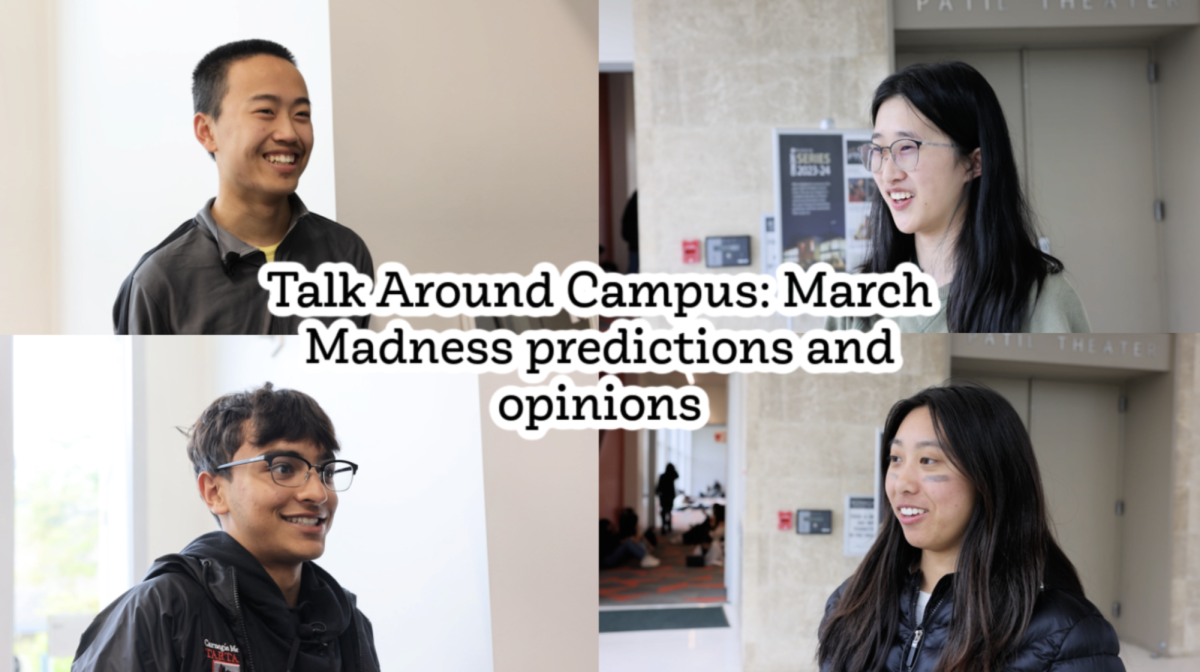

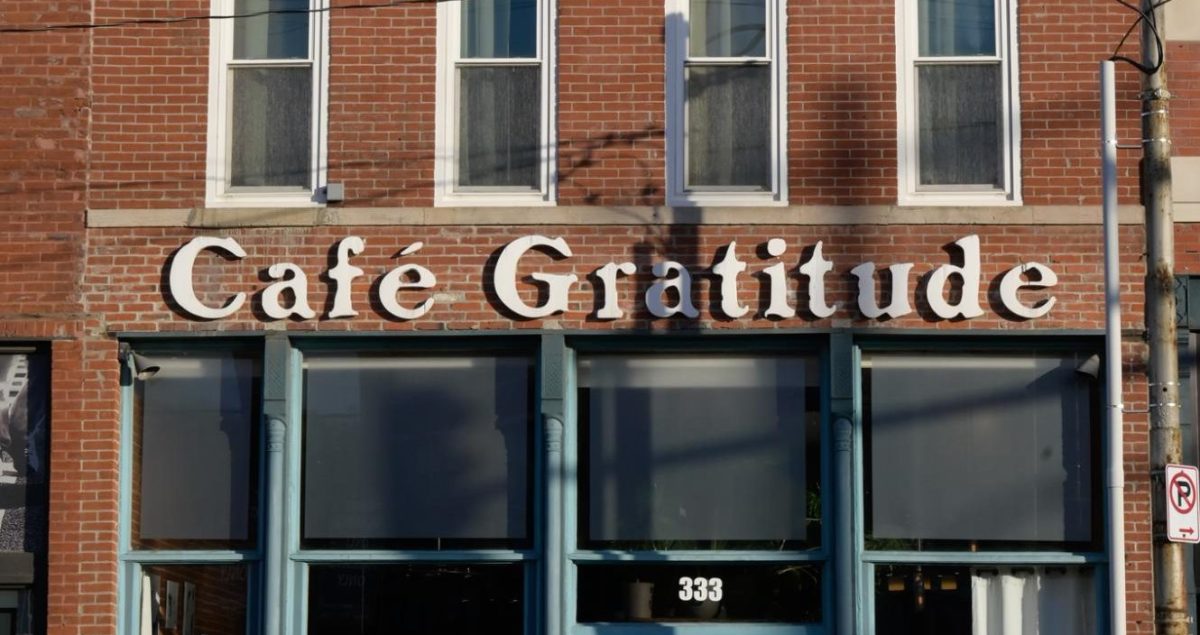

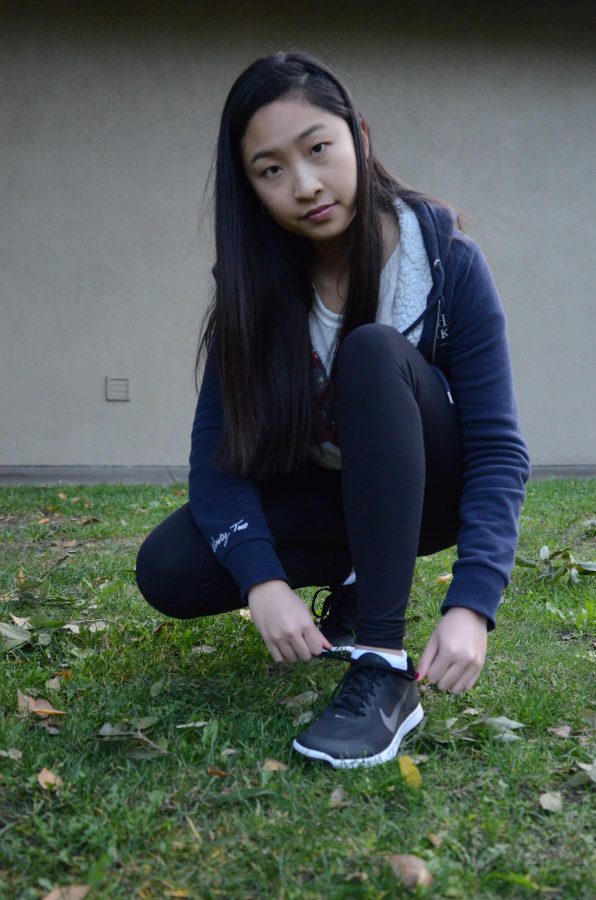
![“I think getting up in the morning and having a sense of purpose [is exciting]. I think without a certain amount of drive, life is kind of obsolete and mundane, and I think having that every single day is what makes each day unique and kind of makes life exciting,” Neymika Jain (12) said.](https://harkeraquila.com/wp-content/uploads/2017/06/Screen-Shot-2017-06-03-at-4.54.16-PM-325x475.png)




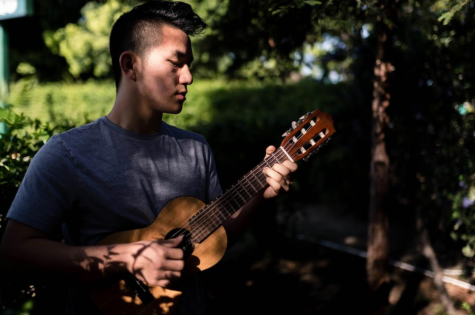

![“[Photography] opened my eyes to things that don’t exist except for in that one-second exposure that your eyes can’t capture, writing can’t capture and even video can’t capture. I think it’s an obsession with the world. I’d look outside, and think, ‘These colors are beautiful,’ even though I really like working in black and white. It’s this overall obsession but the way I learn about myself. The camera, when it’s in my hand, teaches me about who I am, and the things that I don’t really know. It’s really taught me how to love, not just the people I’m with, but the overall world, Alex Mo (12) said.](https://harkeraquila.com/wp-content/uploads/2017/05/Screen-Shot-2017-05-24-at-6.16.20-PM-475x311.png)
![“[I care about] diversity of opinion. Some people think you have to care about one thing only, and you cant care about other things, but I just like Harker because everyone has different perspectives and different ideas. If everyone cared about for example saving the environment or being really good at one sport, then the world wouldnt function, Colt McNealy (12) said.](https://harkeraquila.com/wp-content/uploads/2017/05/Screen-Shot-2017-05-13-at-8.55.53-AM-475x317.png)
